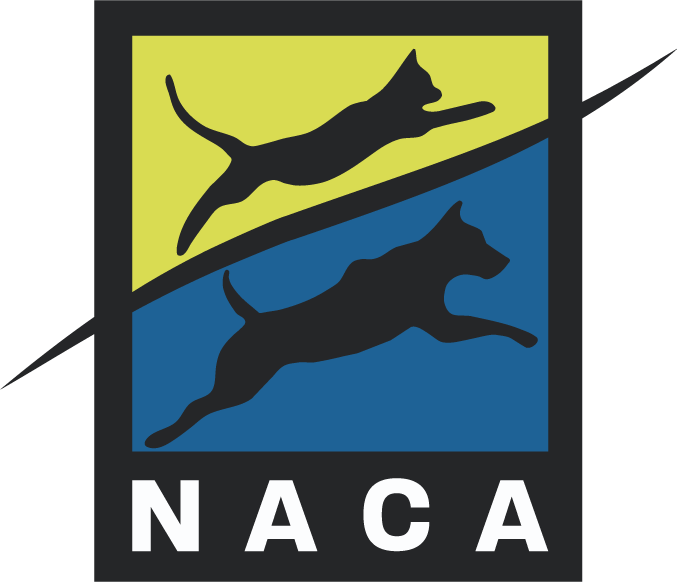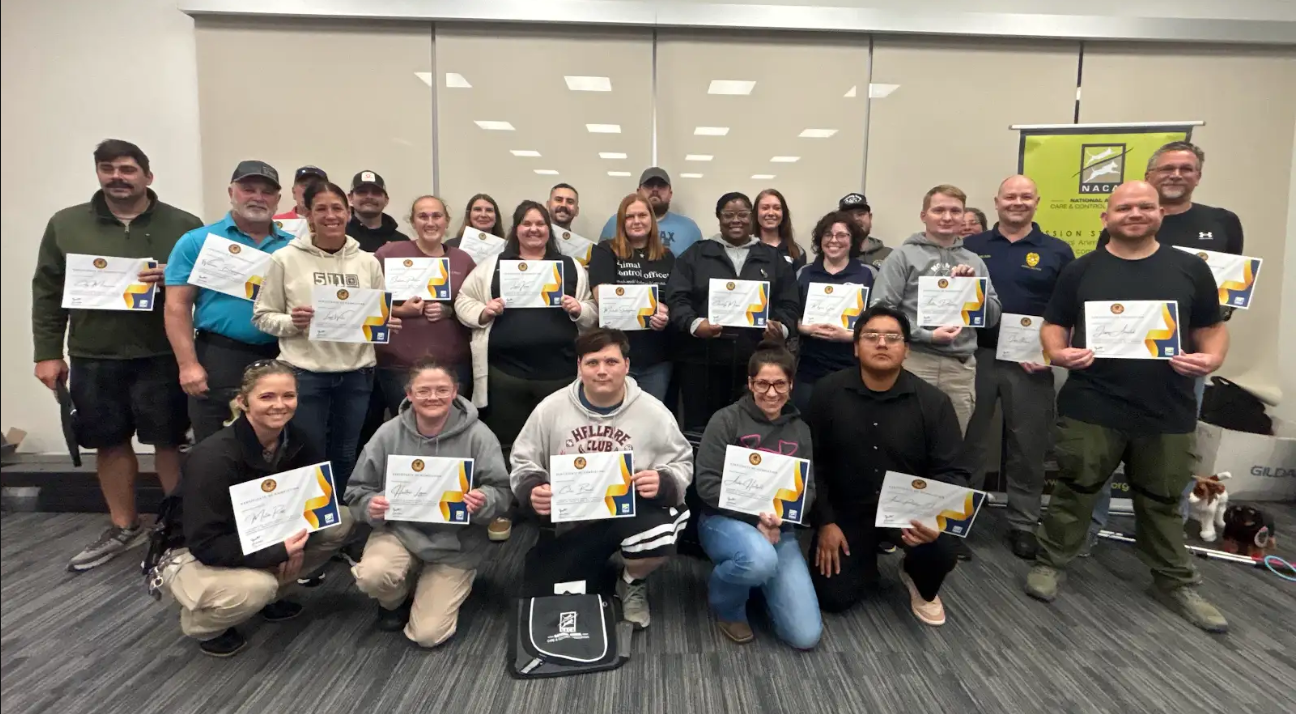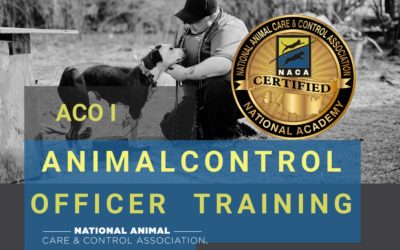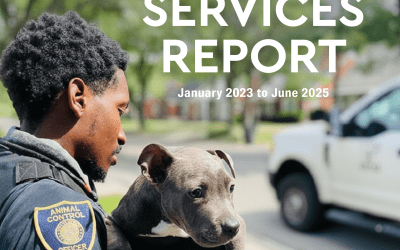Q: Why did NACA write and share this statement?
A: We know that many pets who enter shelters could have been helped in other ways – through pet support services, proactive return-to-home programs, TNR/SNR, etc. Reducing shelter intake by helping solve pet-related problems is good for communities and is the most responsible use of taxpayer funding. In addition, if more pets can be served in their homes and neighborhoods, the animal shelter can provide better care and outcomes for the pets who truly do need to enter the shelter. The result of appointment-based intake should be better service to pets and people in your community. This statement was created to support public shelters in implementing these practices and inform policymakers about the benefits.
Q: Do you believe animal shelters should turn pets away from intake, except in emergency
situations?
A: No. What the NACA statement recommends is that shelters pursue alternative avenues to intake for non-emergency situations and provide a way for people to contact the shelter before bringing in a pet so they can talk with a staff person or volunteer to determine if there is another option for the pet and to make an intake appointment if there is not another viable option.
Q: We have no one on our staff who can answer a telephone or respond to e-mail. Appointment-
based intake seems to rely on a person who can make an appointment. Does this mean we can’t
follow your recommendation?
A: We recognize that not every agency has the privilege to have a dedicated staff member to provide counseling and support and make intake appointments when necessary. If you’re in this situation, you may consider starting a volunteer pet support program, to train and utilize volunteers to provide alternatives to shelter intake to people who come to the shelter. They can even set up a table or work with your admissions staff to help people access resources that can help them keep their pets.
Q: I’m firmly against appointments, but I do support helping people keep their pets out of shelters.
Why is the appointment a necessary part of this?
A: The short answer, is that the act of scheduling non-emergency intake through an appointment system is not the most important part of the NACA statement. However, the appointment system gives the shelter the opportunity to intervene in the intake before the pet and person show up at the door. We know that once people are at the shelter, they have already come to a place of emotional separation that makes it harder for interventions to be effective. In the case of found animals, the animal has also been removed from its neighborhood of origin and the opportunity for a local reunion may have been missed. Ideally, a good pet support system should have remote AND in-person pet support to help people whether they call first or just show up. Appointments are very useful to shelters because they give the organization time to speak with pet owners or finders to get the most important information to prepare for intake of the pet or to help keep the pet in its home or community.
Q: Your statement doesn’t specify how long people should have to wait for an intake appointment.
What is your recommendation about this?
A: It depends, different communities have different thresholds, and some places have intake appointments on the same day whereas, in others, people wait longer to bring in pets. It also depends on the resources you have to manage intake and the capacity of your shelter. During June, when your shelter is 10% above capacity for care, you may ask people to hold pets for several weeks. As always, regardless of how long your intake wait time is, your organization should always immediately accommodate pets who are truly unable to be held and for whom no other viable options exist. Finders and local shelters should work closely with each other to ensure they’re following ordinances and recommendations for giving lost pets the best chance possible before they are rehomed.
Q: If someone cannot make an appointment, and needs to bring a found pet in immediately, do you
suggest we tell people to leave the pet where they found it?
A: It depends. In situations where pets or people are at risk, immediate intake is recommended. Some same day, “pop–up” appointments should be received to accommodate such situations. Where there is no immediate threat, an assessment should be made balancing the risks of admission with the risks of remaining in place. For instance, a dog found running loose on a busy street should be prioritized for admission while a free–roaming cat that has been spotted chronically in the area can generally be safely deferred or redirected to other services.
Q: Won’t fewer people want to help a lost pet if they think they have to hold it instead of being able
to bring it to the shelter? Couldn’t this cause the public to look away and leave needy pets on the
streets?
A: There are many animal shelters big and small, urban, and rural, that have been practicing appointment–based intake for multiple years. There is no evidence to suggest that people are less likely to help a pet if they will be asked to be part of the solution to getting that pet home, rehoming it, or in cases of owner surrender, be given options to keep their pet. Managed admission may actually help shelters reach people who avoided contacting the shelter in the past for fear the pet might be euthanized. Appointment–based intake allows a conversation to take place resulting in a balanced assessment of the needs of the animal, the finder or owner’s ability to participate in solutions, and the shelter’s capacity. Importantly, the shelter must always be available to take in pets when there are no other viable options, or a person is unable or unwilling to help. In the past, people may even have avoided contacting the shelter for fear the pet’s welfare would be compromised. Managed admission allows a conversation to take place resulting in a balanced assessment.
Q: I can understand implementing appointments for owner surrenders, but I don’t agree with stray
finders having to make appointments. Why did you include stray and lost pets in your statement?
A: Recent research has shown that most dogs are found close to home and that dogs are more than ten times as likely to be reunited with their families through neighborhood-based connections versus a call or visit to an animal shelter. Offering even a same-day appointment for finders can provide the opportunity to have a conversation and see if the finder is willing to ask around the neighborhood or take other steps to look for the owner locally before bringing the dog in. Posting on social media or other lost and found website scan result in finding the owner within minutes, in some cases more conveniently and quickly for both parties as well as bypassing a shelter stay for the dog. If the finder is unable to hold the dog for even a short time, an instant appointment can be provided and capacity for these should be ensured.
Q: I heard animal shelters are closing their doors to intake and using your statement to justify this. How would you respond to that allegation?
A: The NACA appointment-based intake statement is intended to help animal services agencies create intake policies and practices that help keep pets with their families and to get more lost pets home faster. It is not the purpose of this position statement to recommend that shelters close to intake by any means, on the contrary, managed admissions and intake by appointment recognizes the critical importance of shelters maintaining the capacity for exigent situations including sick, injured, dangerous,and displaced animals. However, all organizations have an upper limit to their capacity to maintain minimum standards for the safety and health of the animals in their care. In a time of historic staffing shortages, some shelters have been forced to make difficult decisions regarding the types of animals that can be safely accommodated.
Q: What is wrong with just taking in all the pets that come to the door? That’s what we’re mandated
to do so we’re neglecting our duties if we don’t.
A: All organizations have an upper limit to their capacity to maintain safe and healthy conditions for the animals and people in the facility. Like hospitals and veterinary clinics, shelters should exercise a thoughtful process to ensure capacity for exigent cases (sick, injured, dangerous, and displaced animals, owners, or finders in crisis) and provide options for those animals that can’t be immediately accommodated safely.





